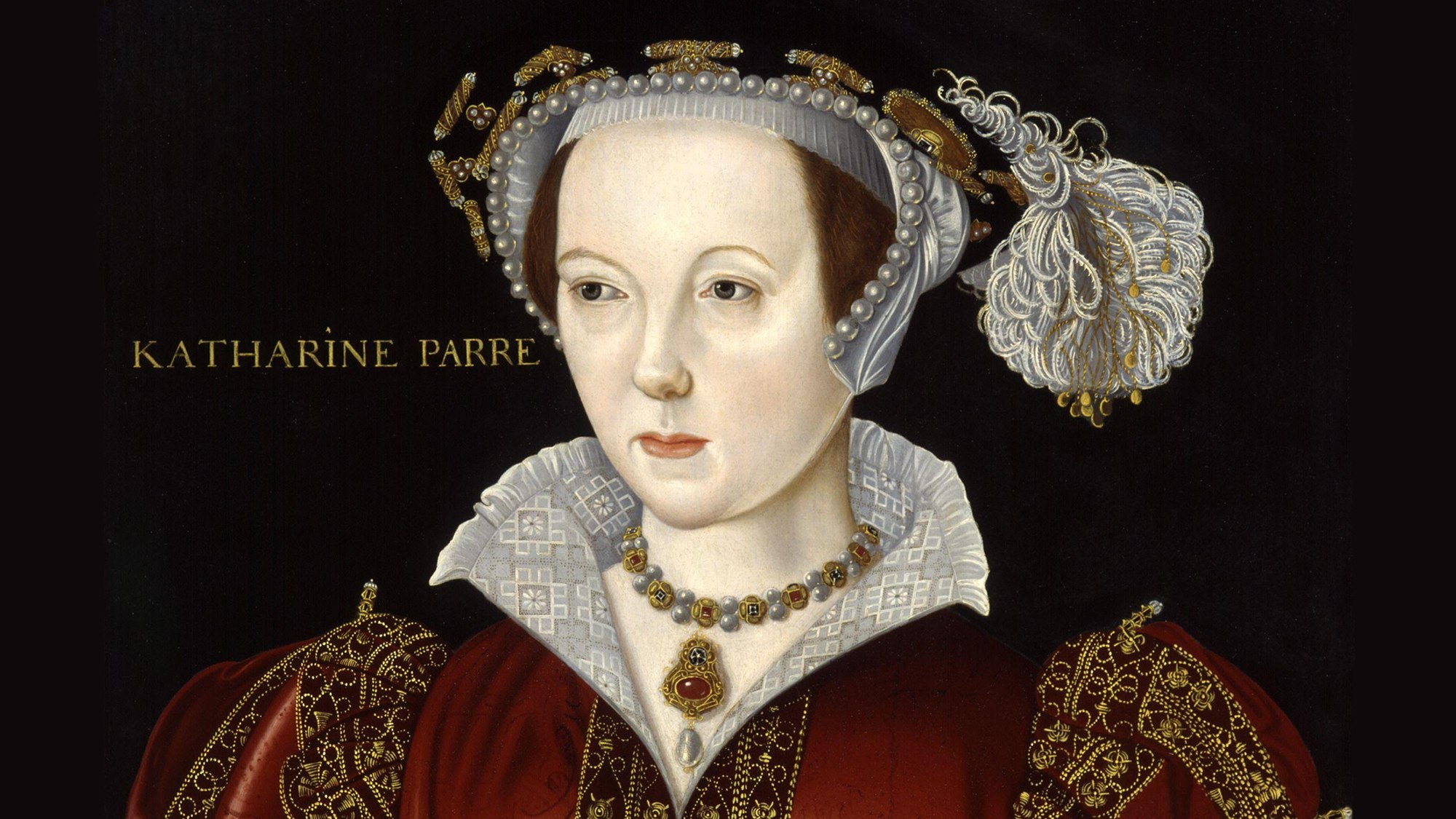This British made film is a historical drama. based on the 2013 novel Queens gambit by Elizabeth Fremantle it has been re-written by Henrietta Ashworth and Jessica Ashworth. It is spectacularly directed by.Karim Ainouz. Beautiful and powerful photography managed to hold of multiplicity of conflicting moods and powerful individulas around the court of the King.
Its focus is and Katherine Parr. Jude Law manages to portray with great artistic skill the failing health of the King as he lived with intense pain and failing mobility. Throughout we see his raging temper admist the complexities of power and influence at the Court.
Katherine is the sixth wife of Henry VIII. While The King is abroad battling with foreign powers, Catherine is named Regent. However when the King returns his illness intensifies as does his paranoia. Catherine finds herself fighting for her own survival admits the courtiers and court led by Stephen Gardner, the Bishop of Winchester. Religion and power, personality, the threat of death and possibilities of survival through the nightly attempts at producing an heir are all vividly acted out.
I will not spoil your enjoyment of the film if historical drama is something which you love, but the end of the film is in all kinds of ways is simply just surprising! The historical purists have dismissed this film but there is more to its narratives than might meet the eye, What motivates us? Where are we to find the truth? Is religion so bound up with power and authority that it loses its distinctiveness, its radical edge to bring down even the greatest of Monarchs? What is truth?
When reading history there are bound to be conflicting versions of any given narrative. Sometimes we just do not know what happened and there will be a multiple versions of what happened or what we think should’ve happened! We might ask ourselves – Where are the limits in Art and Story ? How much freedom should the artist have to retail the story in a way which suits their ends?
In this case there is a powerful and persuasive representation of the agency and authority of women.
We see in Catherine a person who possess the skill and insight to remain independent, wise and powerful in a world of toxic masculinity and misogyny. Perhaps we need to read beyond the academic questions about what is truthful and to see in the particular ending of this film a far more complex and perplexing set of truths about human nature. Power is complex and add religion to it and it becomes a tapestry of many patterns and pictures. We might ask ourselves : What shape does religion take in us?
Not surprisingly, most of the critics have been pretty dismissive, but not this filmgoer. It yielded much – visually, aesthetically, historically, culturally and theologically !






